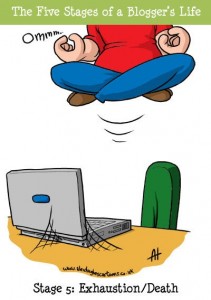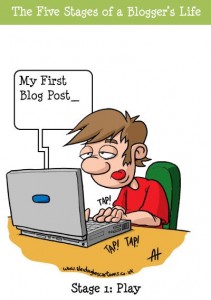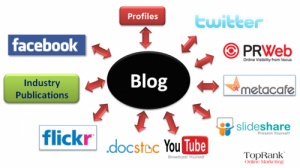“If we teach today as we taught yesterday, we rob our children of tomorrow”
– John Dewy
“Shape of the Day” for my 10 Minutes of Fame on Blogger
- Opening class survey: Who utilizes a classroom blog now? Why? Is a virtual classroom necessary for our practice as teachers and Teacher-Librarians? Why or why not?
- 3-4 minutes: Individually explore any of the following links to my current classroom blogs. Please explore what interests you-layout, links, posts, student comments, videos, etc. While exploring please consider 1.) What are the advantages of blogger? 2.) What are the disadvantages of Blogger? 3.) What changes would you recommend?
- My Virtual Classroom, a.k.a home base
- English 12 Class Blog
- Socials 10 Class Blog
- Humanities Co-op Class Blog
- Family Heritage Webquest & Debate Topics Webquest
- Class Sharing: “Do Schools Kill Creativity?”, Technology and Us, Text and Opinion, Work Experience Reflections, Water Crises Reflections, Book Review
- 5-6 minutes: Large group share. I would also like to share how and why I use Blogger in my classroom, and more importantly, after using it in all classes this year, learning what I don’t like and what changes and practices I envision.
Why I use Blogger in the classroom:
- Promotes transparency, for as Richardson advocates: “Getting into a transparent, digital sharing practice [. . .] extends our teaching far beyond our classrooms” (2012, “Why School?”)
- Student’s ownership and choice in their learning. A proficient edublogger, Tran Nguyen also states that blogs in learning are “highly motivating to students, especially those who otherwise might not become participants in classrooms.”
- a central hub for information, sharing, and connecting as a class, as well as an essential archive of learning. Edublog Insights illuminates that “the archive feature of blogging records ongoing learning. It facilitates reflection and evaluation.” Students can easily find their thoughts, as well as connected resources and ideas, to see how their thinking has changed and why.
How I use Blogger:
- Share materials, news, downloads, links for students’ ownership of their learning: “It’s not what I know, it’s what we know” (2012, Richardson)
- Provide adaptation materials, enrichment and inquiry opportunities. Just as the BC Education Plan has articulated that there are “supports needed to use technology to empower the learning” (2012)
- Communicate with parents, tutors, and absent students
- Facilitate online discussions and collaboration. This is essential, as outlined in the Ministry’s Digital Literacy Competencies: Students need collaborative experiences in digital environments to develop individual learning, collective knowledge and to facilitate the learning of others.
- Critical thinking, personal responses and reflections
- Ongoing skill development in communication, social learning and multiliteracies. For example, “Community Corrections.” See Top 10 Most Unforgivable Spelling Mistakes on Twitter.
- Formative assessment, descriptive feedback, and peer-feedback
- As a space inherently connected with the learning and experiences shared in class, and the portfolio course design utilized throughout.
Hopes for Improvement:
- More consistent system for student contributions to the class blog
- Establish a system of quality peer review/feedback for students’ contributions
- Showcase more of the students’ learning experiences throughout, such as photographs of in-class work, as well as more student creations/projects (with permission)
- Create distinct pages of multimedia resources for the various units or major themes of each course
- Youtube Channel connection. See my colleague’s Youtube channel as a sample
- Reduce unnecessary links. De-clutter.
Blogging Resources For You:
Educational Uses of Blogs Slideshare Presentation
The Benefits of Blogs in Primary Classrooms
Blogging in the Middle School Classrooms Slideshare Presentation
The Goal is to start here…………………………………..but avoid ending up here:



